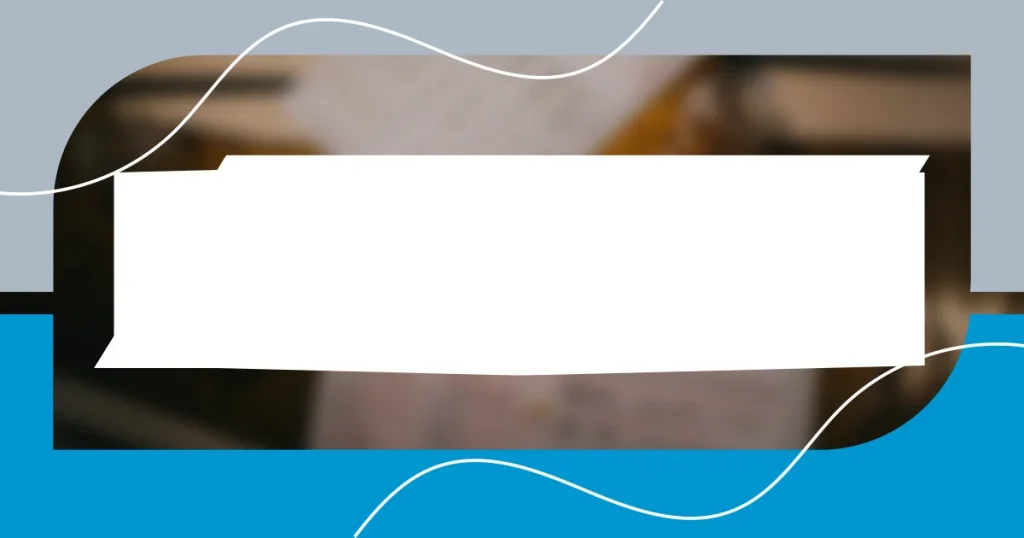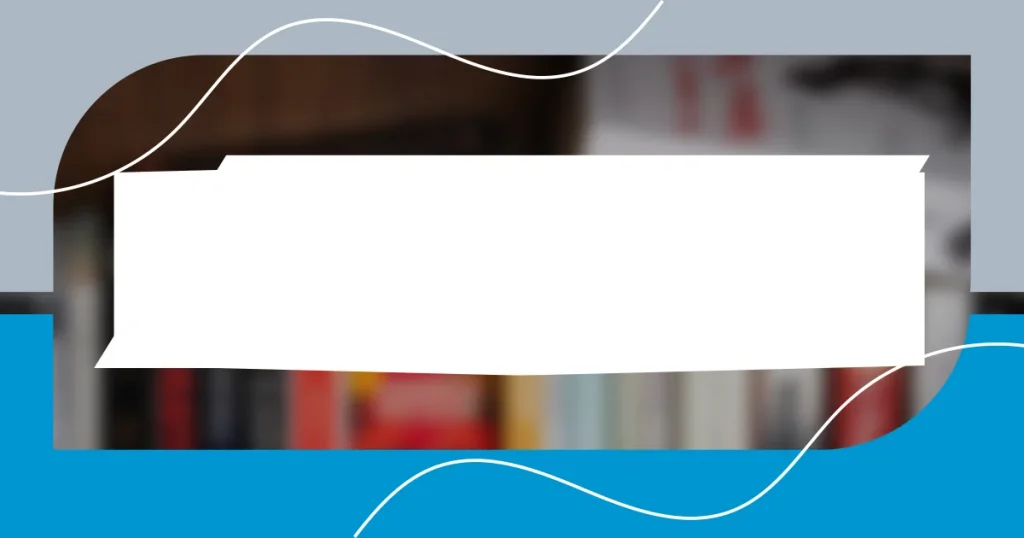Key takeaways:
- Understanding award criteria is crucial; aligning your manuscript with the underlying themes enhances both connection to your work and submission quality.
- Researching previous winners reveals effective themes, structures, and emotional connections that can inspire and inform your own writing approach.
- A final checklist, including proofreading and adhering to submission guidelines, is essential for presenting a polished manuscript and making a strong impression.
Understanding the Award Criteria
When I first decided to submit my manuscript for awards, I found myself staring at the criteria list, feeling a mix of excitement and intimidation. It struck me that understanding these guidelines wasn’t just about checking off boxes; it was about honoring the essence of my work. Have you ever felt that twinge of anxiety that comes with trying to mold your creativity to fit someone else’s expectations?
I recall attending a workshop where an experienced author shared how she meticulously dissected each award’s criteria. She suggested looking for hidden themes or values that the award promotes. This advice was a game changer for me. By aligning my manuscript with these themes, I felt like I was not only boosting my chances but also gaining a deeper connection to my own writing journey.
Sometimes, I would reflect on what the judges might be seeking in the submissions. Are they looking for innovative storytelling, emotional depth, or perhaps a strong social message? These questions guided my revisions, encouraging me to refine my manuscript and make it resonate more deeply. I believe that truly grasping what the awards stand for enhanced my appreciation for the craft, making the entire process not just about accolades, but a meaningful exploration of my voice as an author.
Researching Previous Winners
As I dove into the world of literary awards, researching previous winners became an enlightening experience. I felt like a detective, unearthing the threads that connected their success stories. I often found myself recounting their journeys over coffee with fellow writers, sharing “aha!” moments as I spotted patterns in their styles or themes. This exploration not only informed my own approach but also inspired me to think outside the box.
Here are a few key insights I discovered while researching past winners:
- Unique Themes: Many winners had a distinctive theme or message that resonated deeply, providing a sense of purpose in their narratives.
- Innovative Structure: I noted that some utilized unconventional formats or narrative styles, which gave their manuscripts a fresh and memorable impact.
- Engaging Voice: A consistent, strong authorial voice that felt intimate and inviting set many winning works apart from the rest.
- Connection with Readers: Previous winners often sparked emotional connections that lingered, proving the power of authenticity and relatability in writing.
With each manuscript I studied, I felt my own perspective shifting. It was as if I was expanding my literary palate, enriching the flavors of my writing.
Organizing Your Manuscript
Organizing your manuscript is a crucial step in preparing for awards. I found that presenting my work in a clear and cohesive manner not only polished its appearance but also made it much more compelling. When I meticulously organized my chapters and sections, I could better convey the flow of my story, which led to a deeper emotional connection with readers and, hopefully, the judges. Do you remember the last time you read a disorganized manuscript? It can be quite frustrating.
While working on my manuscript, I adopted a simple yet effective structure. I broke down the narrative into manageable sections, assigning clear titles and headers for each chapter. This made it easier for me to track the overarching themes as I wrote, ensuring that I remained focused. I also leaned on tools like sticky notes and digital folders to categorize different elements, which helped keep my thoughts organized and accessible. Have you ever found yourself lost in a chaotic sea of ideas? Trust me, a little organization goes a long way.
A tangible example that helped me was color-coding my drafts. I assigned different colors to themes, character arcs, and key plot points. This visual method quickly revealed any gaps or inconsistencies in my story, allowing for more effective revisions. It was almost like a light bulb moment; I realized that organizing my manuscript wasn’t just about neatness, but about enhancing the quality and clarity of my writing.
| Organization Method | Description |
|---|---|
| Clear Headers | Using concise titles for each chapter for better readability. |
| Thematic Color-Coding | Assigning colors to different themes or arcs for visual clarity. |
Seeking Feedback from Peers
Seeking feedback from peers can be a game changer in the manuscript preparation process. Recently, I shared my draft with a couple of trusted writer friends. Their honest critiques opened my eyes to issues I hadn’t even noticed, and I realized that fresh perspectives are invaluable. Have you ever overlooked something that suddenly became glaringly obvious after someone pointed it out? It’s a humbling yet essential part of the writing journey.
When gathering feedback, I learned the importance of asking specific questions. Instead of just saying, “What do you think?” I would ask, “Does this character arc feel satisfying?” This targeted approach not only guided my peers on what to focus on but also allowed me to receive actionable insights. I vividly remember one friend mentioning the need for more emotional depth in a pivotal scene. That suggestion felt like gold, and it pushed me to dive deeper into my characters’ experiences, transforming that section immensely.
In my experience, establishing a feedback group with fellow writers has been incredibly beneficial. We met regularly over coffee, not just to critique each other’s work, but also to share personal stories and struggles related to our writing journeys. This connection fostered a supportive atmosphere, and I often left these meetings feeling invigorated and inspired. There’s something tremendously powerful about knowing you’re not alone in the daunting world of writing and awards. Have any of you experienced the same sense of community? It adds an enriching layer to the creative process.
Incorporating Professional Editing
Incorporating professional editing into my manuscript preparation was a transformative experience. I vividly recall the moment I decided to hire an editor; it felt both nerve-wracking and exhilarating. The editor I chose not only provided meticulous grammatical corrections but also highlighted areas where the narrative could breathe more freely. Isn’t it remarkable how someone else’s perspective can bring clarity to the muddled mess we sometimes create in our drafts?
Working closely with my editor taught me the value of constructive criticism. Their feedback was often a mix of challenge and encouragement, pushing me to dig deeper into my characters’ motivations. For instance, it was through an editorial suggestion that I found one paragraph that originally read as dry and factual was reimagined into an evocative exploration of a character’s inner conflict. Have you ever had an outsider shift your perspective so profoundly that you barely recognized your work? It’s a humbling yet enriching journey that I wouldn’t trade for anything.
I also found it crucial to communicate openly with my editor about my vision for the manuscript. I remember articulating specific themes I wanted to resonate with the audience. This dialogue allowed for a collaborative atmosphere, turning editing into a creative partnership rather than a mere transaction. It’s incredible how the right professional touch can elevate your work—did you ever consider how much a skilled editor could help refine your voice? Embracing this process was not only about improving my manuscript but also about growing as a writer.
Crafting a Strong Submission Letter
Crafting a compelling submission letter feels like laying the foundation for my manuscript’s reputation. I recall spending an entire afternoon perfecting mine; it was important for me to make a strong first impression. I tried to condense the essence of my work into a concise and engaging paragraph, making sure it encapsulated not just the plot but also the heart of the story. Isn’t it fascinating how a few well-chosen words can set the tone for an entire submission?
In my experience, the key to a powerful submission letter lies in authenticity. I made it a point to engage with the reader by sharing a personal connection to the themes in my manuscript. I remember mentioning how certain life events inspired my characters’ journeys—this aspect seemed to resonate with the people I shared it with. Have you ever felt that personal touch in a letter made you want to dig deeper into the story? That emotional resonance can create a bond between you and the reader, enhancing the chance of making an impact.
Formatting cannot be overlooked either. I learned the hard way that adhering to submission guidelines is essential. On one occasion, I submitted a letter that was improperly formatted, and I realized later how that might have come across as unprofessional. I now make it a habit to double-check these details; it’s amazing how something so seemingly minor can influence the reviewer’s perception. When you’re confident in your presentation, doesn’t it free you to focus on the story?
Final Checklist Before Submission
I always find it beneficial to create a final checklist before submitting my manuscript. As I prepare for that moment of truth, I run through an extensive list of essentials. One detail I never overlook is proofreading my manuscript one last time. It’s surprising how many small typos or awkward phrasings can sneak past in earlier rounds of editing, and spotting those final few errors can be the difference between a polished piece and a rough draft. Have you ever noticed a tiny mistake right after you’ve hit ‘send’? That feeling is always a gut punch, reminding me to be more thorough.
Then there’s the matter of verifying submission guidelines. I distinctly remember submitting to a reputable award only to realize I hadn’t followed their specific formatting requirements. The disappointment was palpable. Since then, I meticulously check every guideline provided; it’s a simple step that emphasizes professionalism. After all, when the competition is fierce, every detail counts. Isn’t it frustrating to think that a careless mistake could overshadow the merit of your work?
Lastly, I find it invaluable to seek feedback from a trusted colleague or friend. This practice not only provides a fresh set of eyes but can also uncover aspects I hadn’t considered. I recall a moment when a fellow writer pointed out a scene that shifted the emotional tone significantly, emphasizing how impactful feedback can be. Engaging others in the final review not only boosts my confidence but also helps solidify the manuscript’s strengths. Don’t you think outside perspectives can often reveal the hidden gems in our work? They truly illuminate what resonates and what might need one last polish.











